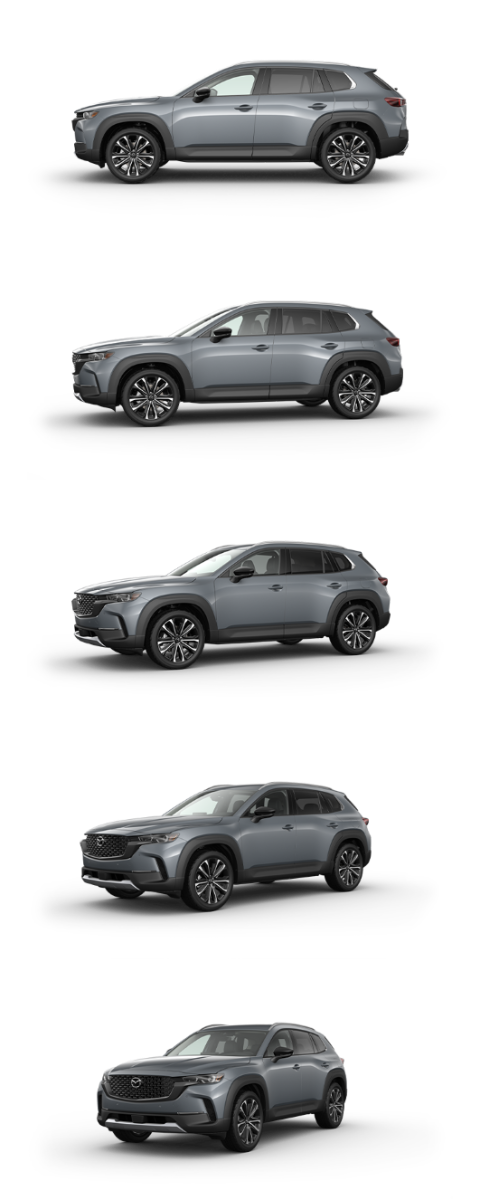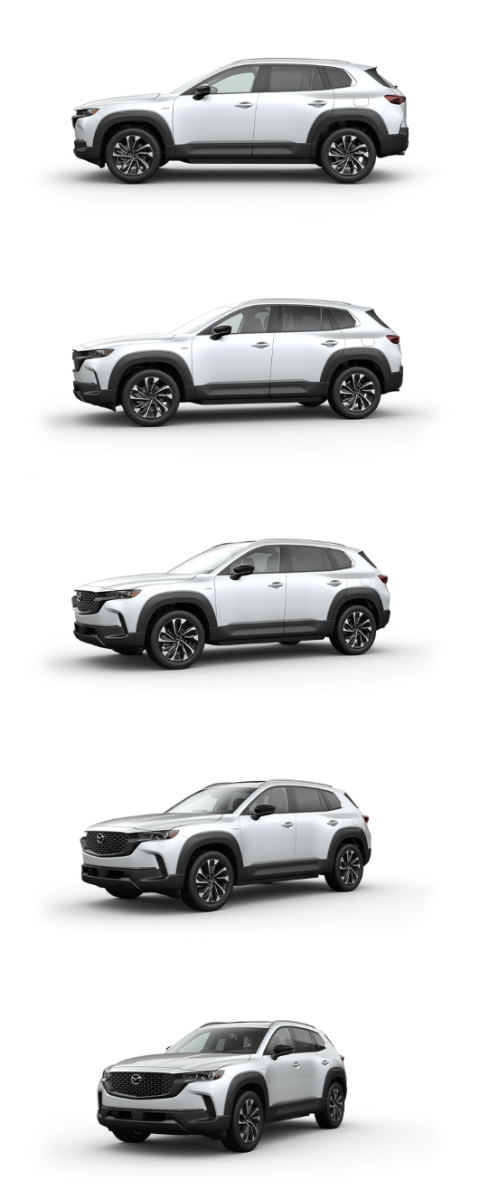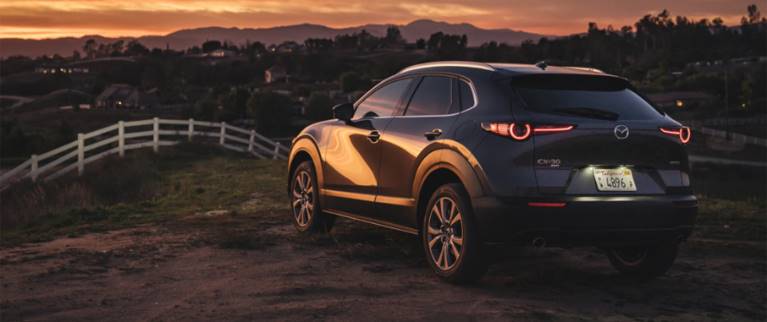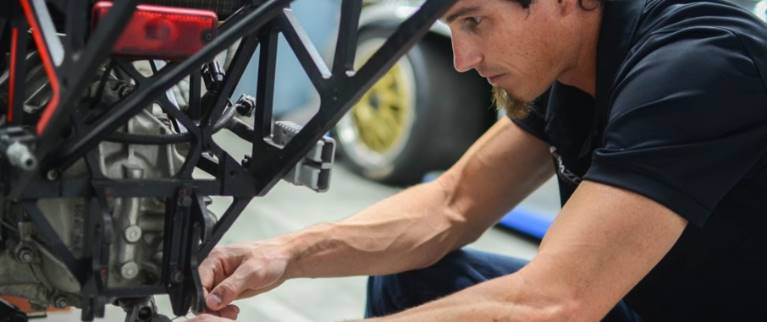Fuel Economy in Hybrid Vehicles: What You Need to Know About Why Hybrids Get Better MPG
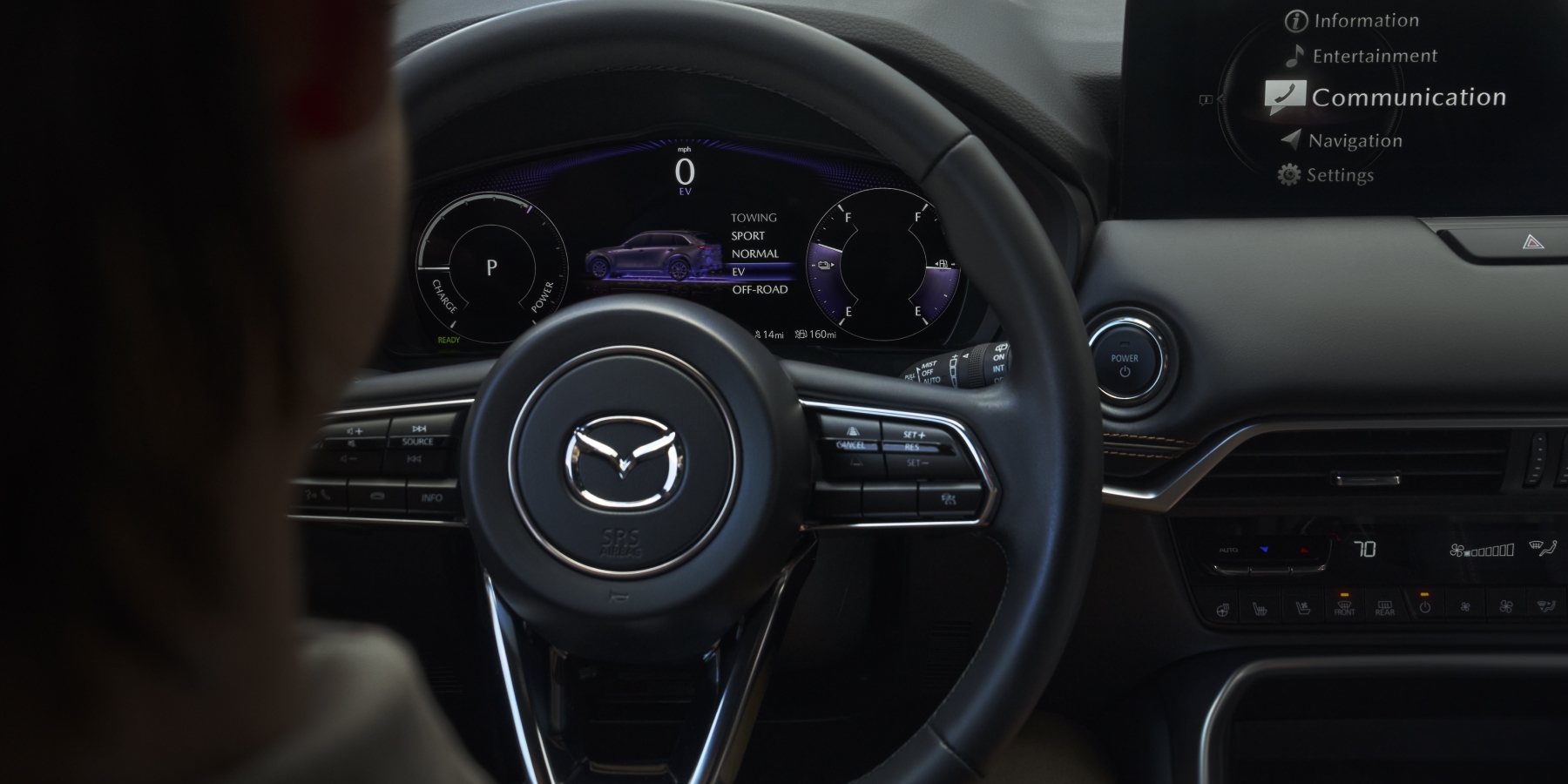
PASA A:
● How fuel economy is measured
● How do hybrids get higher MPG?
● Why do hybrids get better city mileage than traditional gas-powered vehicles?
● Are there any circumstances where hybrids don’t help you save fuel?
● How do plug-in hybrid vehicles measure up?
● How to save gas and maximize your hybrid vehicle’s fuel economy
● What is the fuel economy of the Mazda CX-50 Hybrid?
Fuel economy often ranks as one of the top reasons people choose hybrid vehicles. But if hybrids still use gasoline like regular cars, what makes them more fuel-efficient?
Let’s take a closer look at what makes hybrid vehicles have better fuel economy than traditional internal combustion engine (ICE) vehicles.
A note on how fuel economy is measured and understood
While this system is accurate, it doesn’t always provide the clearest comparison. For example, on a 300-mile trip:
The savings may depend on the starting point. For instance, the difference between a car that gets 45 mpg and one that gets 35 mpg is $7.61 in gas savings, but the difference between a car that gets 35 mpg and one that gets 25 mpg is $13.72 in gas savings. Although the mpg difference is the same (10 mpg), the savings are greater when going from a car that gets 25 mpg to one that gets 35 mpg than from going from a car that gets 35 mpg to one that gets 45 mpg, because the car with the lowest mpg (25 mpg) uses significantly more fuel overall.
Note: This is an illustrative example. Actual savings will vary based on factors such as gas prices, driving conditions, and individual driving habits.
How do hybrids get higher MPG?
An internal combustion engine converts the energy in gasoline (or other fuels) into mechanical energy and heat. Here is a breakdown of how that energy is used:
• Some of the energy is used by the engine to keep itself going — friction and pumping action eat up energy.
• Some of the energy is used to power accessories like air conditioning, power steering, and an alternator to power everything electric.
• Some of the energy is used to propel the vehicle.
• And some of the energy is lost as waste heat (exhaust).
Larger engines, or those with turbochargers or superchargers, tend to require more fuel than smaller ones, all else being equal.
Hybrids typically use smaller, more efficient engines and are supported by electric motors. Electric motors provide instant torque, which helps get the car moving, while combustion engines need to rev up to reach their full power. In hybrids, the electric motor can drive the car at low speeds, start the engine when needed, and power accessories like climate control while the vehicle is stopped.
Why do hybrids typically get better city mileage than traditional gas-powered vehicles?
Because of the stop-and-go nature of city driving, hybrids employ the electric motor more, and can maintain battery charge for longer using regenerative braking.
Are there any circumstances where hybrids don’t help you save fuel?
It’s rare that a hybrid doesn’t save fuel over a non-hybrid. The primary circumstance would be if someone drove a plug-in hybrid in which the battery pack was never charged. Without using the electric range (usually 15-60 miles), the vehicle ends up carrying the extra weight of the battery pack, which requires more fuel.
Another scenario in which a híbrido vehicle wouldn’t save you fuel would be if the hybrid's battery (also called the traction battery) fails or wears out. However, most hybrid batteries are warrantied for at least 100,000 miles, and hybrids are generally very reliable, so this is uncommon.
Lastly, a hybrid running at sustained high speeds with a full load might use as much fuel as a non-hybrid. But this is not typically a concern in everyday driving in North America.
How do plug-in hybrid vehicles measure up compared to full hybrids in terms of fuel economy?
How to save gas and maximize your hybrid vehicle’s fuel economy
Fuel-saving tips that apply to non-hybrids also work for hybrids. For example:
• Accelerating burns more gas, so try to maintain steady, moderate speeds.
• Use smart routing and grouping errands together to avoid overlapping, inefficient routes.
• Keep your tires properly inflated and turn off the air conditioning when the weather is comfortable.
In addition to general fuel-saving tips, hybrids offer some unique ways to maximize efficiency:
• Plan ahead to take advantage of regenerative braking. By slowing down gradually, you recharge the battery and reduce wear on the brakes.
• Use the onboard displays and settings to improve your driving efficiency, whether you prefer “eco” mode or “sport” mode.
• Leverage available software and mapping features that show elevation changes and suggest the most efficient routes.
What is the fuel economy of the Mazda CX-50 Hybrid?
Test-Drive the Mazda CX-50 Hybrid Today
Visit a Concesionario Mazda near you today and take one for a test drive to experience the joy of driving a Mazda Hybrid today.
Este artículo está previsto para fines informativos generales únicamente y se basa en la última información de la competencia disponible al momento de la publicación. La información incluida aquí está sujeta a cambios sin previo aviso y no impone obligación alguna a Mazda. Revisa diversos recursos antes de tomar una decisión de compra. Visita el centro de recursos para leer más artículos.




